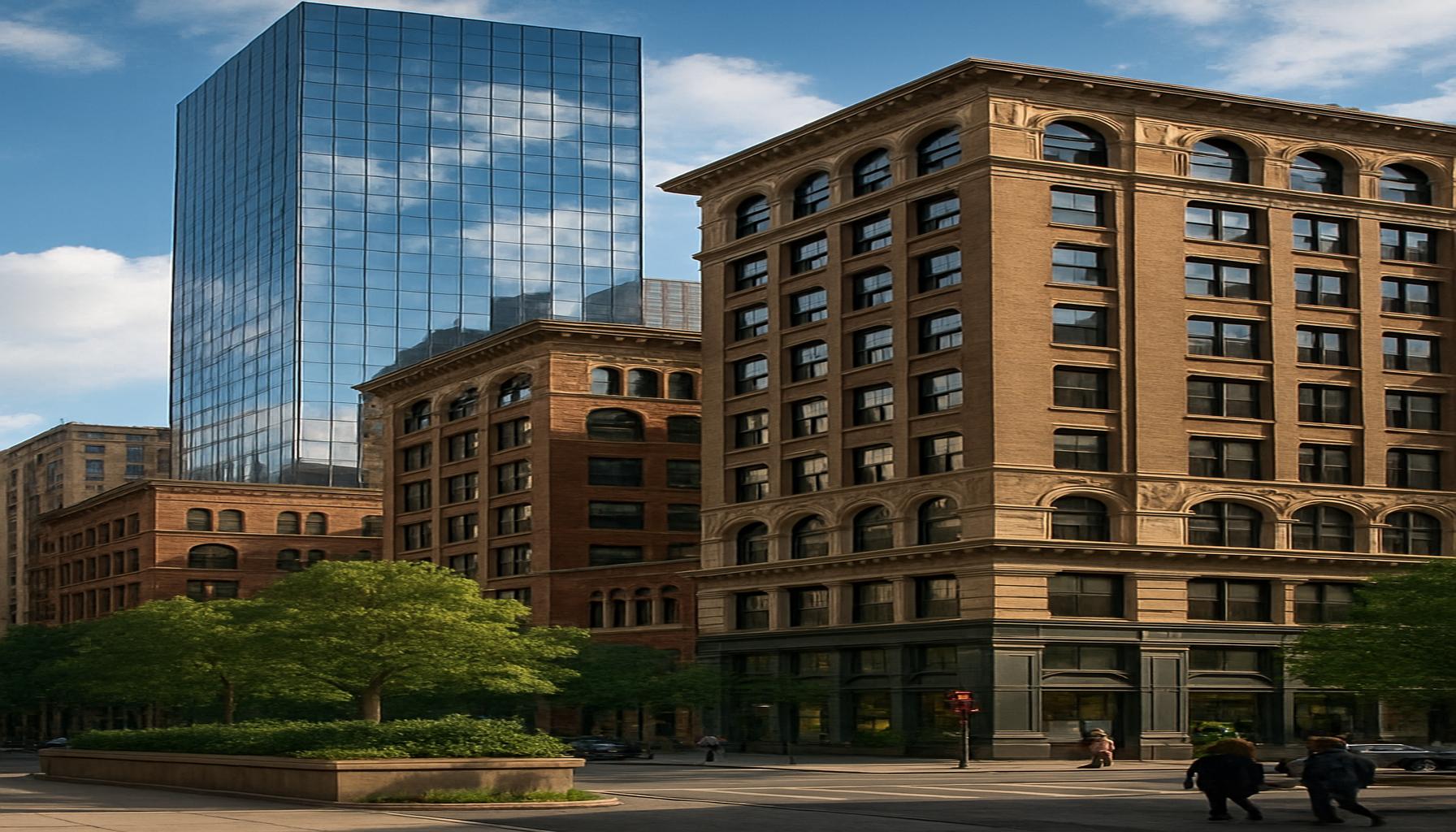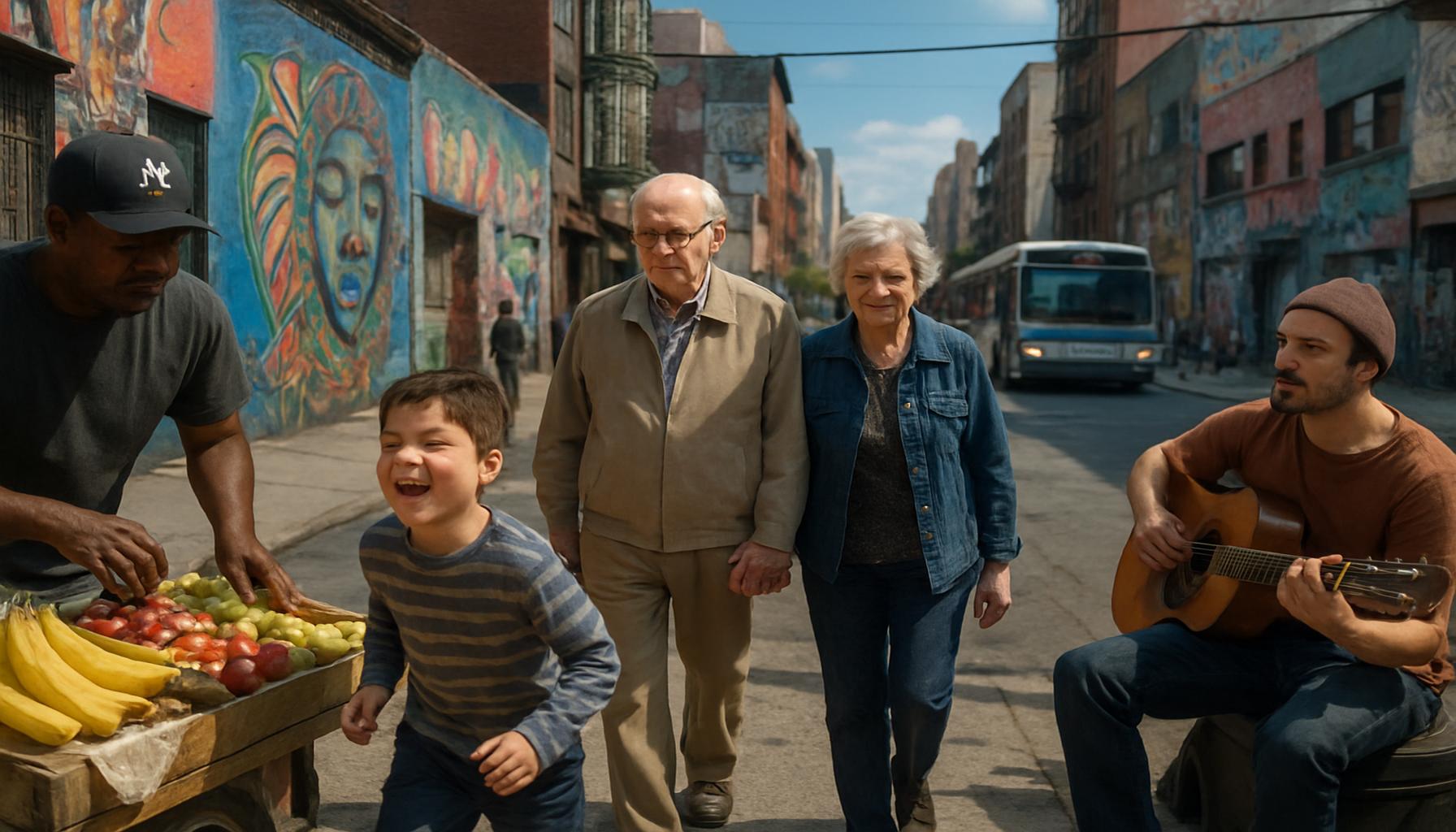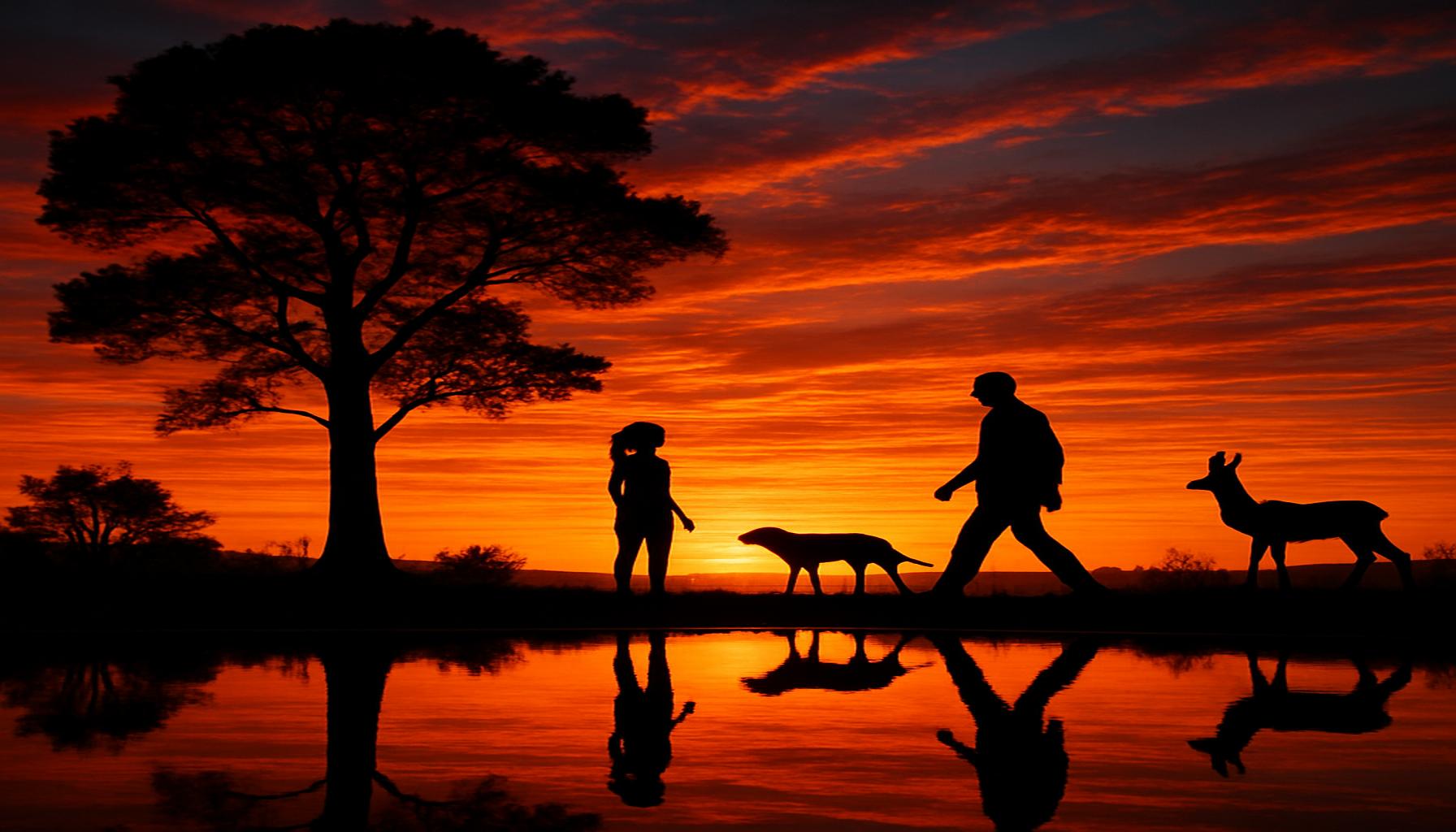Event Photography: Tips for Capturing Special Moments Memorably
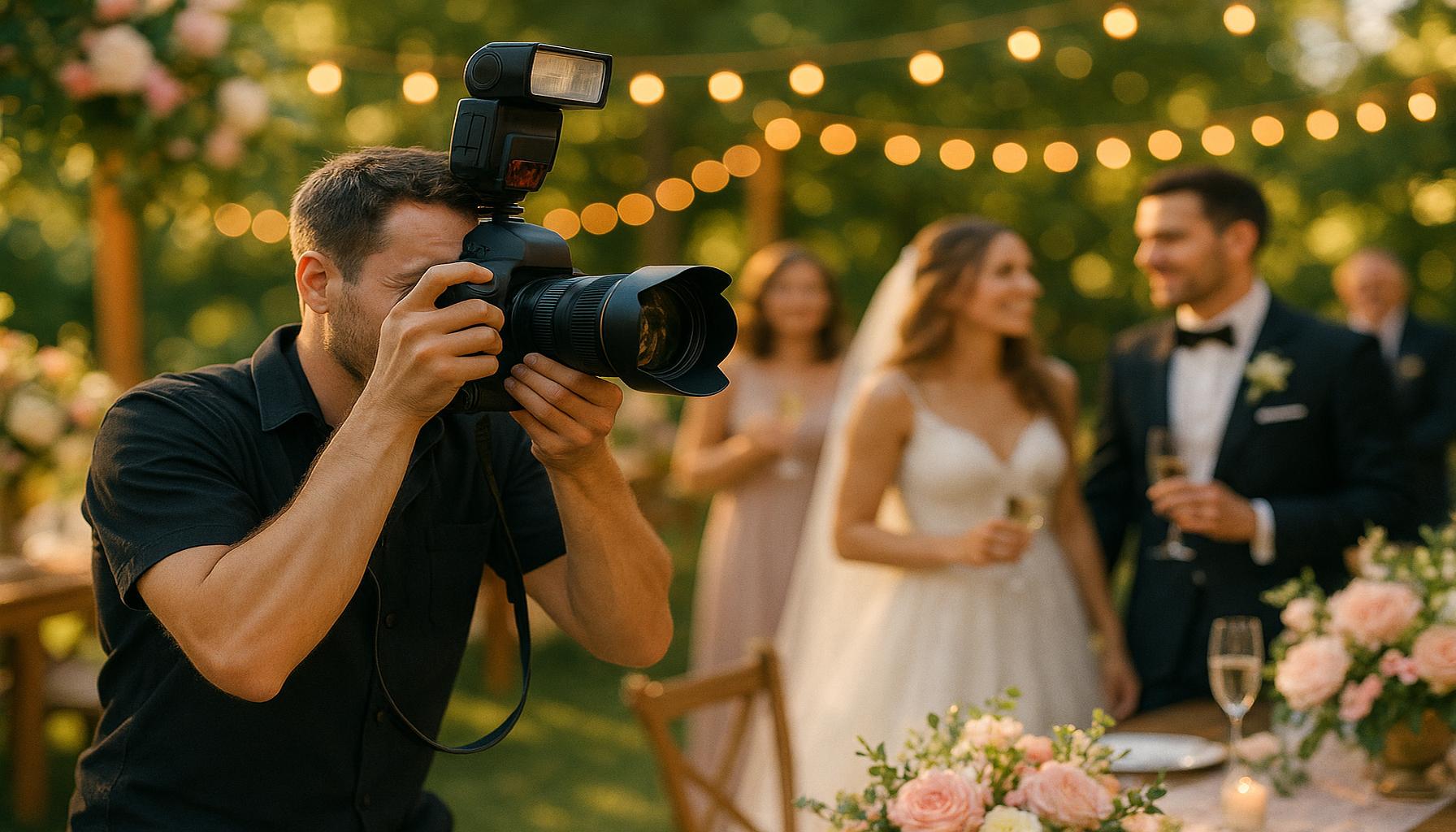
Unlocking the Secrets of Event Photography
Every event holds a treasure trove of unforgettable moments waiting to be captured. Event photography transcends mere snapshots; it tells a story that resonates long after the day ends. Whether it’s a wedding, a corporate gathering, or a family reunion, the right approach can transform fleeting instances into lasting memories. Capturing these moments isn’t just about pointing and shooting; it’s about being in tune with the atmosphere, the people, and the emotions that define an event.
Know Your Subject
Understanding the significance of the event is crucial in identifying key moments to photograph. For instance, at a wedding, the first look and the exchange of vows are paramount. In contrast, at a corporate event, capturing the keynote speaker’s engaging moments or networking interactions is vital. Make it a point to communicate with your clients prior to the event; discussing important guests or particular moments they want captured can guide your focus and create a more meaningful story.
Prepare Your Equipment
Familiarizing yourself with your camera settings and having the right lenses can make all the difference. A prime lens can produce a beautiful depth of field, ideal for close-up shots during intimate moments. Meanwhile, a wide-angle lens can capture the grandeur of a large venue, ensuring no detail is lost. Consider investing in high-quality memory cards; you don’t want to run out of space in the heat of the action. Always check your equipment a few days before the event to avoid any last-minute issues.
Look for Emotion
Genuine emotions create powerful images; keep an eye out for laughter, tears, and candid interactions. At family gatherings, the joy of a child playing or the warmth of a grandparent’s smile can evoke a strong emotional response. During corporate events, the triumphant handshake of a deal closing or the surprise on a winner’s face at an awards ceremony adds layers to the narrative you are constructing. These emotions often resonate much more with the viewer than posed photographs.
The Influence of Lighting
In the world of event photography, lighting plays a pivotal role. Embrace natural light when you can; outdoor events during the golden hour can produce stunning results. However, don’t shy away from using flash or modifiers when the situation demands—an on-camera flash can help brighten up dimly lit interiors or create a captivating ambiance. The fine balance between these elements determines the quality of your photos, transforming mundane moments into vibrant memories.
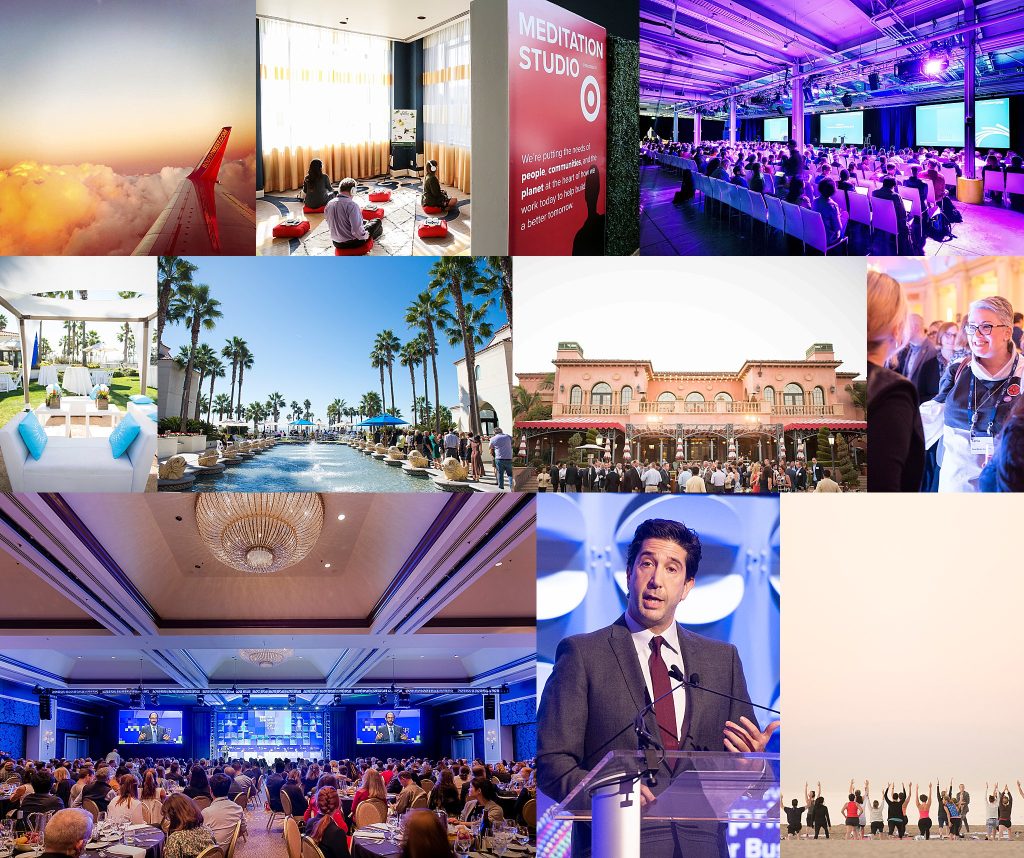
Understanding Venue Layout and Angles
Additionally, consider the venue layout and how it can enhance your shots. Familiarize yourself with various angles and perspectives to elevate your photographic narrative. For instance, a high vantage point can capture the crowd’s energy during a concert or a toast. On the other hand, incorporating close-up detail shots—like the wedding cake or event decor—adds richness to the visual story. Each event is unique, and your creativity should make it memorable, allowing you to tailor your approach accordingly.
Join us as we delve deeper into the key techniques and strategies of event photography, enabling you to immortalize special moments like never before. By employing these tips and continuously honing your craft, you can deliver exceptional photos that not only meet but exceed your clients’ expectations, allowing them to relive their special day through your lens for years to come.
DISCOVER MORE: Click here to dive into the world of digital art
Mastering the Art of Event Photography
As an event photographer, your role extends far beyond simply documenting a gathering. You become a visual storyteller, weaving together images that encapsulate the essence of an occasion. To truly excel in this craft, it is essential to immerse yourself in each event, observing the dynamic flow of people and moments. Here are some vital strategies to enhance your event photography skills.
Develop a Keen Eye for Detail
One of the cornerstones of successful event photography is developing a keen eye for detail. Take note of the small yet significant elements that contribute to the event’s atmosphere—the intricate table settings at a wedding, the branding at a corporate function, or the joyful expressions during a family reunion. Detail shots play a critical role in enhancing the overall narrative of your portfolio. Here are some specific details to consider capturing:
- Floral Arrangements: Capture their vibrancy and placement within the event.
- Signage and Decor: Highlight how branding or personal touches enhance the venue.
- Guests’ Accessories: Interesting shoes, jewelry, or attire can add character to your images.
- Food and Drinks: Close-ups of scrumptious dishes or cocktails create a delectable dimension.
By documenting these details, you provide a more comprehensive representation of the event, allowing viewers to immerse themselves in the experience long after the event has concluded.
Be Discreet yet Present
A successful event photographer strikes a balance between being present and blending into the background. While it is essential to capture key moments like speeches, dances, and toasts, it is equally important to remain unobtrusive during intimate interactions. This approach often yields more authentic images. To achieve this:
- Observe Rather Than Intrude: Allow moments to unfold naturally before you interrupt.
- Utilize Long Lenses: A telephoto lens can help capture candid shots from a distance without drawing attention.
- Use Silent Shooting Mode: This feature can be invaluable for discreetly capturing special moments without the distraction of shutter noise.
The goal is to make the guests feel comfortable, allowing their genuine emotions and interactions to shine through in your photographs. When people aren’t aware of the camera, the authenticity of their expressions often creates the most compelling images.
Stay Adaptable and Creative
Event photography often comes with its fair share of surprises. From changing light conditions to unexpected events, adaptability is key. Always be prepared to think on your feet and find creative solutions to unforeseen challenges. Here are some tips for staying adaptable:
- Practice Quick Adjustments: Familiarize yourself with your gear so you can swiftly adjust settings according to the situation.
- Explore Different Angles: Sometimes the best shots come from unconventional angles, so always be ready to experiment.
- Embrace the Unpredictable: The best stories often come from unexpected moments, so maintain an open mind.
By honing your adaptability and keeping a creative mindset, you can seize opportunities that may arise during the event, resulting in stunning imagery that narrates a unique story.
In the following sections, we’ll delve deeper into advanced techniques and creative strategies that can elevate your event photography, ensuring that every captured moment is not just a picture, but a memorable experience.
| Technique | Advantages |
|---|---|
| Candid Shots | Capturing genuine emotions and interactions creates a storytelling element, making photographs more impactful. |
| Use of Natural Light | Utilizing natural light enhances the mood and reduces harsh shadows, providing a more flattering and engaging photo. |
| Composition Techniques | Adopting rules like the Rule of Thirds draws the viewer’s eye to key subjects, enhancing visual interest and balance. |
| Post-Processing | Editing photos allows for color correction and lighting adjustments, ensuring the final images truly reflect the event’s atmosphere. |
When capturing special moments, the above techniques stand out as invaluable from year to year in the sphere of event photography. Using candid shots fosters authentic memories, allowing viewers to relive the joy and excitement of the occasion. Natural lighting is pivotal, as it often creates stunning effects that paid studio lights cannot replicate. The art of composition can be mastered to make even the most ordinary scenes look breathtaking by using the Rule of Thirds effectively and drawing focus to meaningful interactions.Moreover, post-processing is an essential step that elevates photographs from mundane to extraordinary, perfecting every detail and enhancing emotions that might otherwise fade with time. Whether you’re a seasoned photographer or just starting, exploring these techniques will surely enhance your skills and enable you to capture unforgettable moments.
DON’T MISS OUT: Click here to discover the DIY revolution
Harnessing the Power of Lighting and Composition
In the world of photography, lighting can make or break an image. As an event photographer, understanding how to utilize both artificial and natural light is crucial to creating visually stunning images that resonate with viewers. Whether you are indoors under yellowish incandescent bulbs or outdoors surrounded by natural sunlight, mastering light is essential.
Utilize Natural Light to Your Advantage
Whenever possible, embrace natural light. Soft, diffused light can enhance your photos, bringing out vibrant colors and adding depth to your images. Here are some practical tips:
- Golden Hour: Aim to capture images during early morning or late afternoon, known as the golden hour, when the sunlight is warm and flattering.
- Window Light: If you’re inside, position subjects near windows for beautiful, even illumination.
- Backlighting: Experiment with backlighting for a dreamy effect; having the light source behind your subject can create a natural glow.
On the other hand, when natural light isn’t available, knowing how to work with artificial lighting becomes imperative. This could include bouncing flash off walls or ceilings to soften shadows and minimize harsh lighting.
The Essentials of Composition
Once you have the lighting down, focus on capturing compelling compositions. Composition involves arranging elements within a frame effectively to tell a story or draw the viewer’s eye. Here are several composition techniques to elevate your event photography:
- Rule of Thirds: Divide your frame into a grid of nine equal parts and place your main subjects along these lines or at their intersections for a balanced image.
- Leading Lines: Use lines within the environment—like walkways or railings—to lead the viewer’s eye toward the focal point of your image.
- Framing: Look for natural frames, such as archways or branches, that can enclose your subject and add depth to your composition.
Each event is rich with varied scenes and patterns, so remain vigilant for unique frames that can transform a good photograph into a great one.
Engage with Your Subjects
Capturing memorable moments also hinges on your ability to connect with the people you photograph. Engaging with your subjects helps foster a comfortable atmosphere, allowing for more dynamic and spontaneous images. Here are tangible ways to enhance that connection:
- Build Rapport: Take a few moments to interact with guests, establishing a friendly presence. The more comfortable they feel, the more natural their expressions will be.
- Encourage Interaction: Suggest games or activities that can elicit genuine responses, yielding photos filled with emotion and spontaneity.
- Capture Group Dynamics: Focus on capturing the relationships between people, demonstrating the event’s spirit. Candid conversations, laughter, and shared experiences often tell the best stories.
When your subjects feel at ease, you can document authentic moments that reflect the event’s true essence, creating memories that resonate with the attendees for years to come.
As you continue on your journey as an event photographer, keep these techniques in mind to refine your craft. The combination of understanding lighting, composition, and connecting with your audience will set you apart as an extraordinary visual storyteller.
DIVE DEEPER: Click here to discover more
Final Thoughts on Event Photography
In the captivating realm of event photography, your ability to tell a story through your lens relies on a few core principles: mastering light, honing your composition skills, and building connections with your subjects. Each event presents a unique tapestry of emotions, relationships, and experiences waiting to be captured. By strategically utilizing natural and artificial light, you can enhance the mood and depth of your images, bringing a vibrant quality that resonates with viewers long after the event has concluded.
Moreover, understanding the nuances of composition can transform ordinary snapshots into compelling narratives. Techniques like the Rule of Thirds and leading lines guide the viewer’s eye and add layers to your photographs, making them more engaging and memorable. However, the crucial element often overlooked is the connection you foster with your subjects. Interacting with attendees creates a comfortable environment, allowing for authentic moments to unfold naturally.
As you continue to develop your skills, remember that every event is an opportunity for exploration and creativity. Armed with these tips, you can elevate your photography, capturing special moments that not only document the occasion but also evoke the spirit and joy felt by all. Embrace your role as a visual storyteller and let your images reflect the unforgettable memories created during each event. With practice, patience, and a genuine passion for photography, you can make every moment count.
